The festival season brings with them a sign of cheerfulness and happiness, to celebrate your life and rejoice with your loved ones, leaving behind all worries in the festive spirit. India possesses many type of festivals, too many to be counted, that sparkles the country with its lively and vibrant celebrations. More than the joyous celebrations, the festivals of India reflect the lavish cultural heritage of the country. Dasara Festival that signifies the triumph of good over evil is one among the much-celebrated festivals of India. This year the Dasara Festival is celebrated on October 8, 2019.
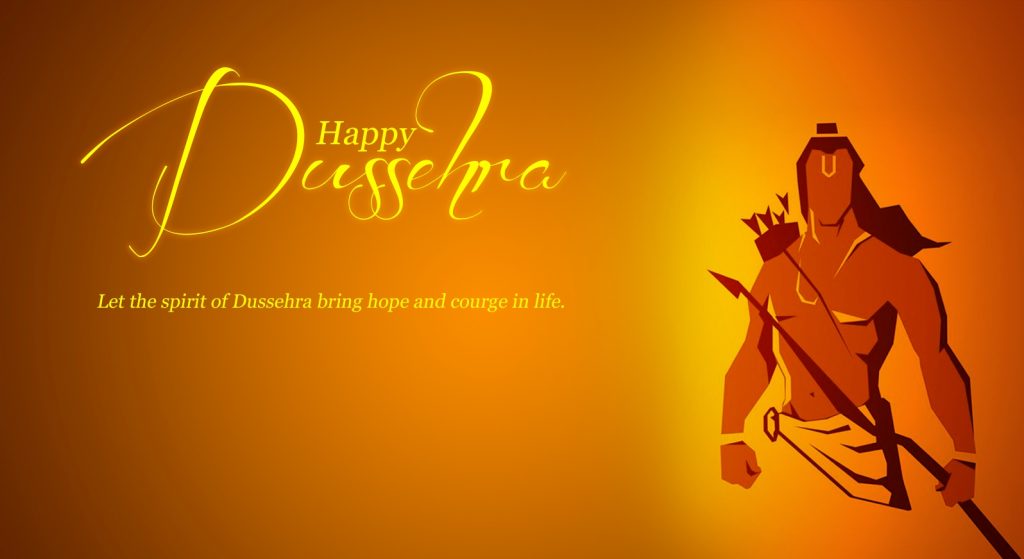
About Dasara Festival:
Observed on the tenth day of Navratri, Dasara Festival is celebrated with great energy and enthusiasm to commemorate the victory of Lord Rama over the demon king Ravana. It is the pristine occasion to regard with respect the virtues of Lord Rama who is believed to be an incarnation of Lord Vishnu. Dasara Festival is popular as Vijayadashami in some parts of India which also marks the day Goddess Durga killed Mahishasura, the demon king. This Festival also signifies the end of Durga Pooja celebrations with the solemn immersion of the idol of Goddess Durga in the water bodies.
Dasara Festival is known by different names in different parts of the country like Durgotsav, Dussehra, Dasha-hara and Vijayadashami. Two Hindi words, ‘Dus’ means ten and ‘Hara’ means annihilated, are combined to form the word Dasara which signifies the day when the ten evil faces (ten faced Ravana) was destroyed (by Lord Rama). So, to mark this event, huge effigies of Ravana are burnt on the Dasara Festival.
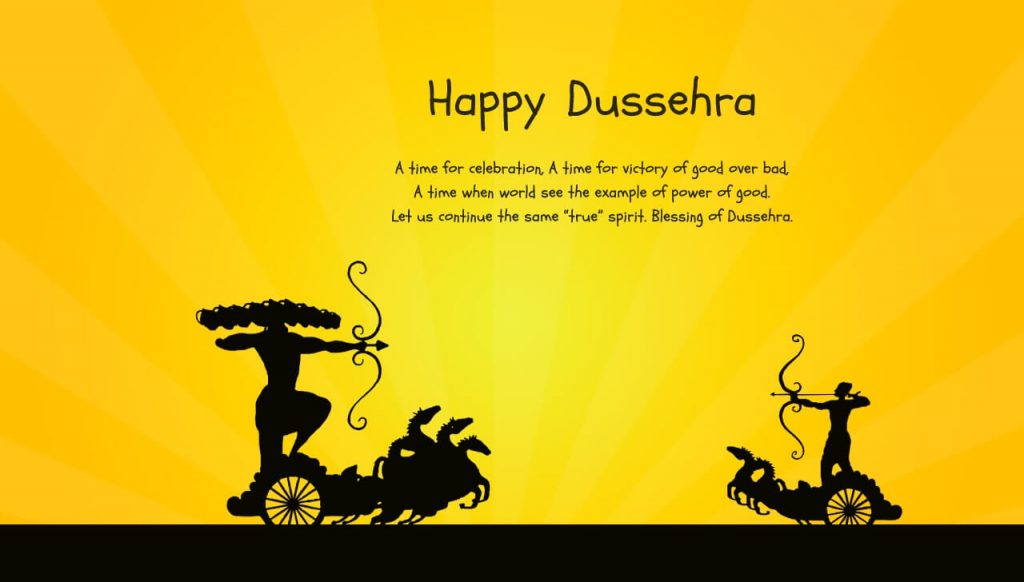
Legends Behind Dasara Festival:
A lot of mythological legends are associated with Dasara Festival.
Legend of Lord Rama:
The most important legend behind Dasara Festival is regarding Lord Rama, the eighth incarnation of Lord Vishnu. Rama was sent to exile for 14 years to Dandaka forest along with his wife and beloved brother Laxman by his stepmother, during which he faced many trials and tribulations. Especially, when his wife Sita was deceptioned by the demon king Ravana, who took her as a captive to Lanka. Rama and his brother Laxman fought a battle against Ravana in Lanka which continued for ten days. Lord Hanuman and an enormous army of monkeys were also there to help Rama and Laxman in the battle. On the tenth day, Lord Rama beatened the ten-headed demon king Ravana and killed him to rescue his wife. Since then, to commemorate this event that signifies the victory of good over evil, the Dasara Festival is celebrated.
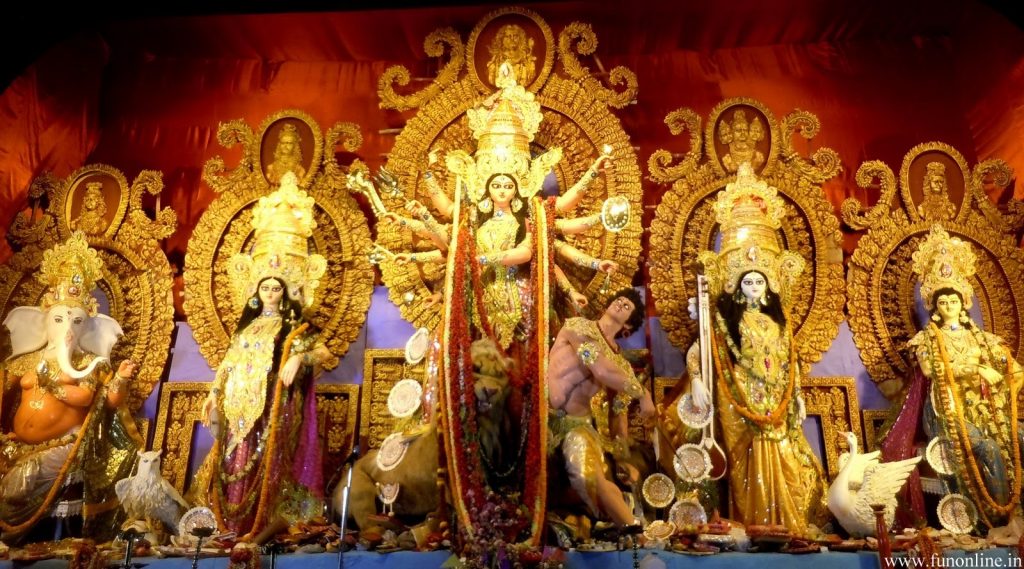
Legend of Goddess Durga:
As per the legend, there lived a violent demon king named Mahishasura who was an ardent worshipper of Lord Brahma. Being pleased with the long penance of Mahishasura, Brahma granted him with his wish of ‘immortality’, that he should not be killed by a “man or animal” on the face of Earth. Mahishasura was so powerful that he attacked Trilok and even the God’s were unable to defeat him due to Lord Brahma’s boon. So, they decided to combine all their powers together to give birth to Goddess Durga. The Goddess fought with the vicious Mahishasura for over a period of nine days. Finally, on the tenth day, Goddess Durga kill the demon king with her trident and that was the end of him. And this sacred day is celebrated as Dasara and as Vijayadashami throughout India.

Legend of Shami Tree:
With reference to the great epic Mahabharata, there is another popular legend regarding the origin of Dasara Festival. Legends say that when Pandavas were defeated by the Kauravas in gambling, they were punished by the winners with 12 years of banishment and one year of living in disguise. Pandavas concealed themselves from all their divine and powerful weapons and went to exile after hiding their weapons under a Shami tree, located near their residence. As soon as they returned from exile, they found their weapons, hid under the Shami tree and worshipped the tree and their sacred weapons. This event is said to have happened on the Dashami day and hence observed as the Vijayadashami since Pandavas were victorious in completing their exile. Since then, people used to hug each other under the Shami tree and exchange its leaves on Dasara.
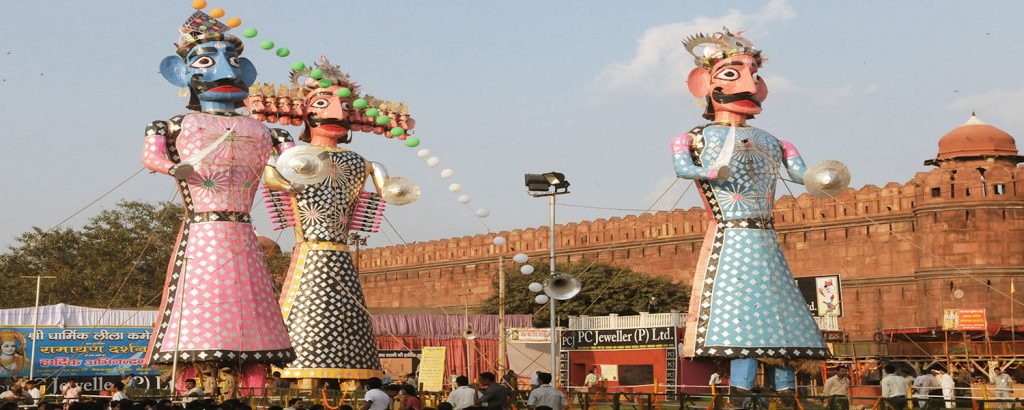
Legend of Kautsa:
This legend is about Kautsa, the son of a Brahmin named Devdatta. He was tested by his Guru, Sage Vararantu who asked him for 140 million coins as Gurudakshina (a voluntary fee offered to a teacher by a student in ancient India). At first, Kautsa went to King Raghu of Ayodhya for help but was disappointed as the King asked him for three days’ time. He then went to Lord Indra and asked him for 140 million coins to give an offering to his Guru. Lord Indra, who in turn asked Kuber, the treasurer of the deities to shower gold coins on the Shanu and Aapti trees situated in the city of Ayodhya. Kautsa fulfilled his promise to his Guru by giving him 140 million coins and distributed the rest to the poor and needy of Ayodhya. It is believed that this event took place on the day of Dasara. And the people of Ayodhya still observe the ritual of presenting leaves of Aapti trees to each other on Dasara as a sign of prosperity.
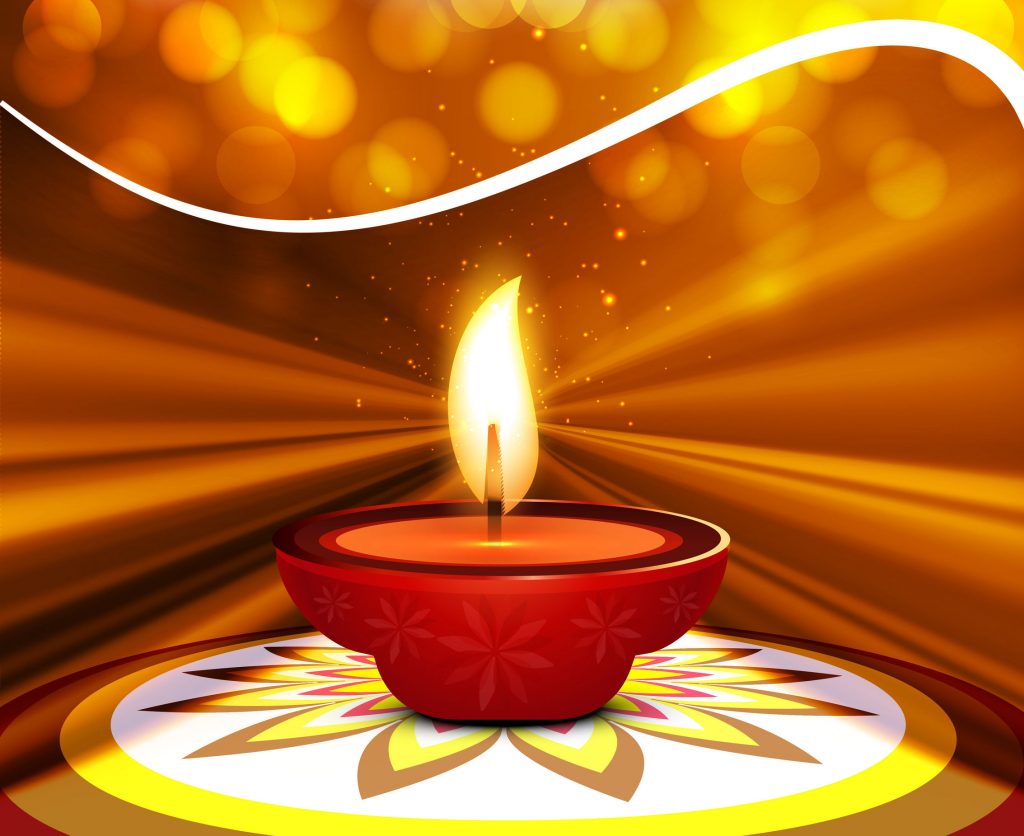
Interesting Facts about Dasara Festival :
- Dasara Festival is celebrated exactly 20 days before the spectacular festival of lights, Diwali.
- It is also celebrated as the Vishwakarma Divas.
- This day is also considered as the day for Vyasa Puja, the worship of the foremost Guru, Guru Veda Vyasa.




2 Comments
Comments are closed.